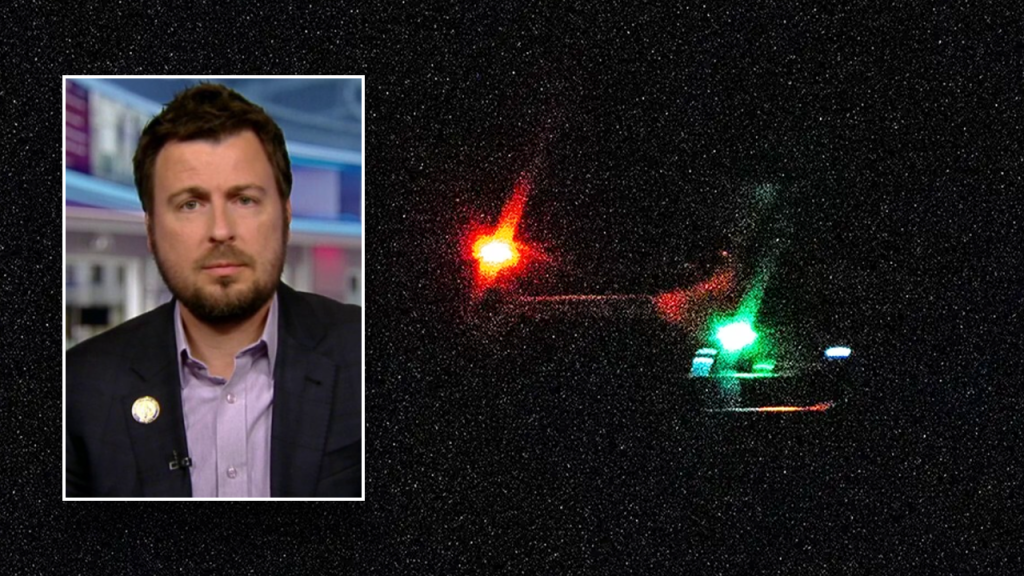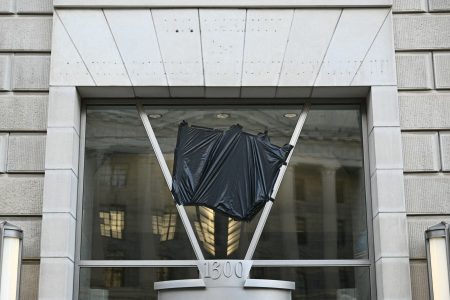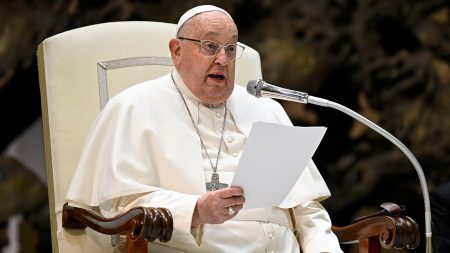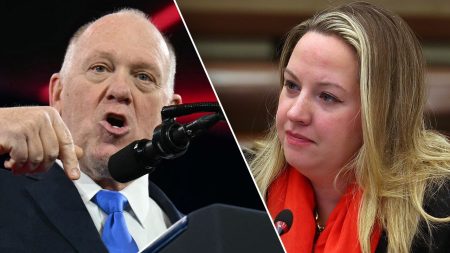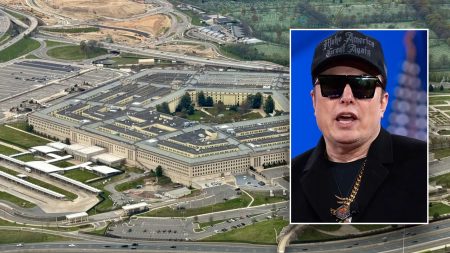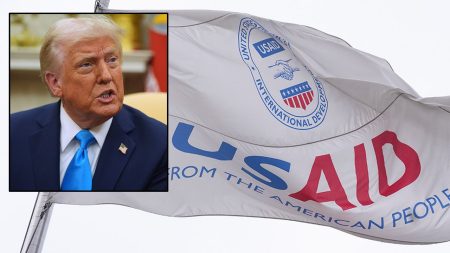The recent spate of drone sightings across the northeastern United States has sparked bipartisan concern and frustration, particularly in New Jersey, where the phenomenon began in mid-November. State Assemblyman Paul Kanitra, reflecting the shared sentiment among lawmakers, expressed disbelief at the government’s handling of the situation, characterizing the official response as inadequate and the wording of official statements as dismissive. The sightings, which the Federal Aviation Administration confirmed started on November 18th, have prompted temporary flight restrictions, yet the lack of concrete action and clarity from federal agencies has fueled anxieties about potential security risks.
Kanitra, speaking on Fox News, highlighted the collective anger among state legislators from both sides of the political aisle. He described a scene at the statehouse, where a briefing on the drone activity elicited shared outrage at the perceived lack of urgency and decisive action from the government. This bipartisan concern underscores the seriousness of the situation, transcending usual political divides and highlighting the perceived threat to public safety and national security. The ongoing nature of the sightings, reportedly occurring every night since the first incident, further amplifies the growing unease and the demand for answers.
A key point of contention is the government’s characterization of the investigation. While the White House has stated that the inquiry is ongoing and has not yet revealed any malicious intent or national security threat, Kanitra argues that this response is insufficient given the duration and frequency of the drone activity. He expressed skepticism about the government’s claim that there’s no evidence of malicious intent, particularly if the drones are operated by foreign adversaries. The congressman’s concern stems from the perceived lack of urgency and the seemingly passive approach taken by the authorities despite the ongoing and unexplained nature of the drone flights.
Kanitra’s personal experience with the drone sightings further underlines his concerns. He captured an image of what he believes are the drones in the New Jersey sky, emphasizing that these are not typical hobbyist drones. This assertion, coupled with the persistent nature of the sightings, suggests a level of sophistication and capability that warrants a more robust and proactive response from the authorities. His call for more decisive action reflects a broader sentiment that the government should be doing more to identify the drones, their operators, and their purpose, especially considering the potential security implications.
The congressman’s frustration also extends to the perceived lack of technological prowess displayed by the government in handling the situation. He questions why, with the advanced technology at its disposal, the military hasn’t been able to obtain clear and definitive images of the drones. This perceived technological shortfall further fuels the narrative of an inadequate response, raising concerns about the government’s preparedness to address such incidents effectively. The fact that a state assemblyman could capture an image, albeit from a distance, while the government seemingly struggles to do so, underscores this point of contention.
The ongoing drone saga raises critical questions about national security preparedness, interagency coordination, and the transparency of information sharing with the public. The bipartisan outrage expressed by New Jersey lawmakers highlights the need for a more proactive and transparent approach from the federal government in addressing the drone incursions. The perceived lack of urgency, coupled with the absence of definitive answers, creates an environment of uncertainty and fuels public concern. The demand for clearer information, more decisive action, and a demonstrable use of available technology to address the situation remains a pressing issue for both lawmakers and the public alike.




